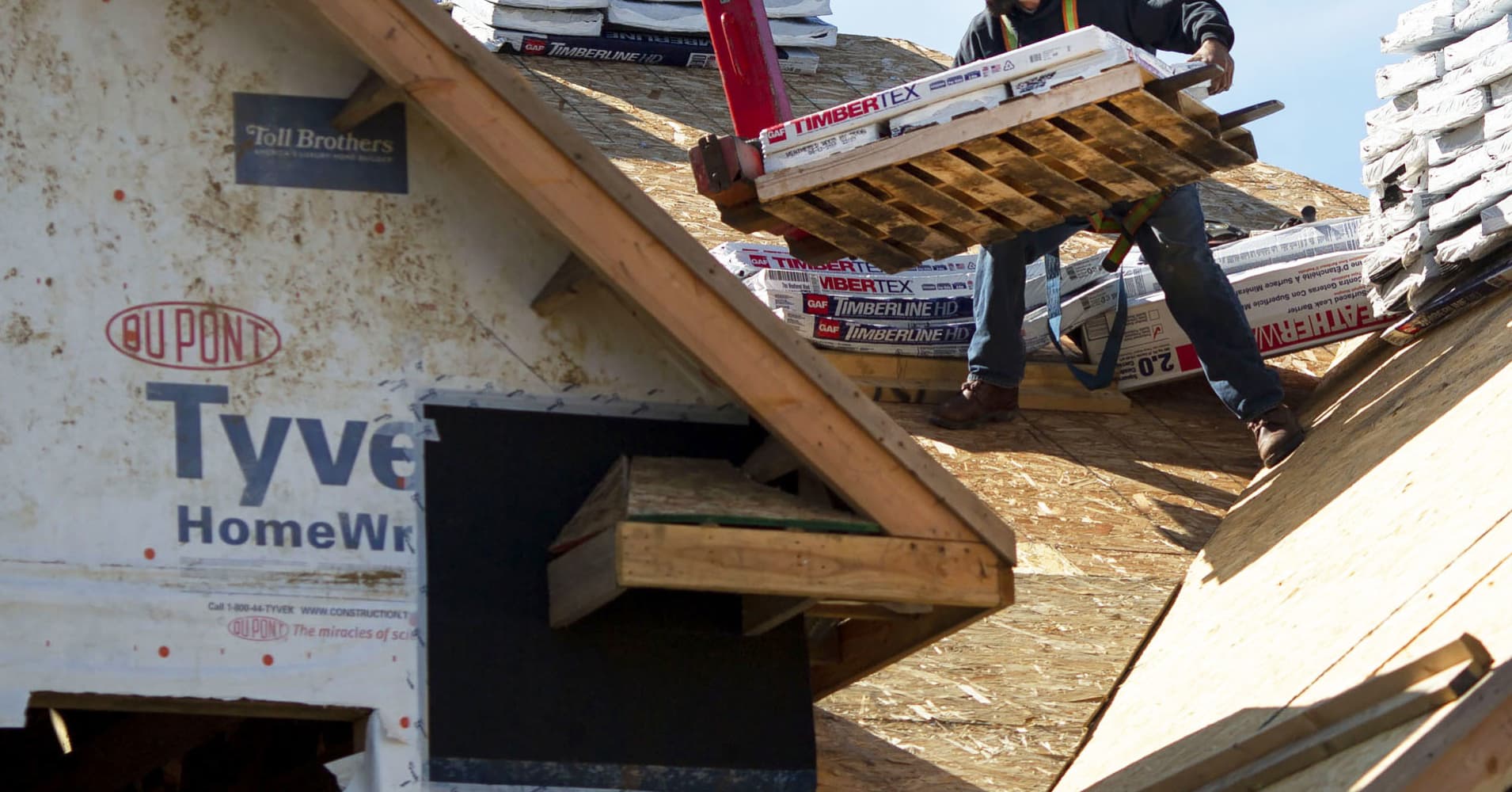Sales of new U.S. single-family homes rose to a seven-month high in December, but November's outsized jump was revised lower, pointing to continued weakness in the housing market.
Other data on Tuesday showed an acceleration in growth in the vast services sector in February, powered by a surge in new orders. But hiring appeared to be slowing, with a measure of services industries employment dropping to a six-month low.
The moderation in the pace of hiring fits in with expectations of slower economic growth as the stimulus from a $1.5 trillion tax cut and increased government spending ebbs. The economy's outlook is also being clouded by slowing growth in China and Europe.
The Commerce Department said new home sales increased 3.7 percent to a seasonally adjusted annual rate of 621,000 units, the highest level since May 2018. November's sales pace was revised down to 599,000 units from the previously reported 657,000 units.
Economists polled by Reuters had forecast new home sales, which account for about 11.2 percent of housing market sales, falling 8.7 percent to a pace of 600,000 units in December.
New home sales are drawn from permits and tend to be volatile on a month-to-month basis. They fell 2.4 percent from a year ago. Single-family home sales rose 1.5 percent in 2018.
The release of the December report was delayed by a five-week partial shutdown of the federal government that ended on Jan. 25.
The housing market hit a soft patch last year amid higher mortgage rates, expensive lumber as well as land and labor shortages, which led to tight inventories and less affordable homes. Reports last month showed homebuilding dropping to more than a two-year trough in December and home resales in January hitting their lowest level since November 2015.
Though house price inflation has slowed and mortgage rates are hovering at 12-month lows, economists expect the housing market to remain weak for a while because of persistent land and labor shortages. Investment in homebuilding contracted 0.2 percent in 2018, the weakest performance since 2010.
The soft housing data added to weak December construction spending, retail sales, factory orders, exports and business spending plans on equipment in setting the economy on a slower growth path in the first quarter.
Services industries humming
Despite the anticipated first-quarter weakness, the economy's fundamentals remain favorable. In a separate report on Tuesday, the Institute for Supply Management said its non-manufacturing activity index increased 3.0 points to a reading of 59.7 last month.
A reading above 50 indicates expansion in the sector, which accounts for more than two-thirds of U.S. economic activity. January's drop in the services sector index was largely blamed on financial market volatility and the government shutdown.
The ISM's new orders sub-index for the services sector surged 7.5 points to a reading of 65.2 last month, the highest level since August 2005. But the survey's services industry employment measure fell 2.6 points to 55.2 in February, the weakest reading since June 2018.
U.S. Treasury yields jumped after the ISM report, while U.S. stocks pared losses. The U.S. dollar was trading slightly higher against a basket of currencies.
The Commerce Department report showed new home sales in the South, which accounts for the bulk of transactions, increased 5.0 percent to a seven-month high in December.
Sales rose 1.4 percent in the West and jumped 44.8 percent in the Northeast. But they fell 15.3 percent in the Midwest to their lowest level since April 2016.
The median new house price fell 7.2 percent to $318,600 in December from a year ago. There were 344,000 new homes on the market in December, the most since December 2008 and up 3.0 percent from November. Supply is, however, just over half of what it was at the peak of the housing market boom in 2006.
At December's sales pace it would take 6.6 months to clear the supply of houses on the market, down from 6.7 months in November. Just under two-thirds of the houses sold last month were either under construction or yet to be built.


